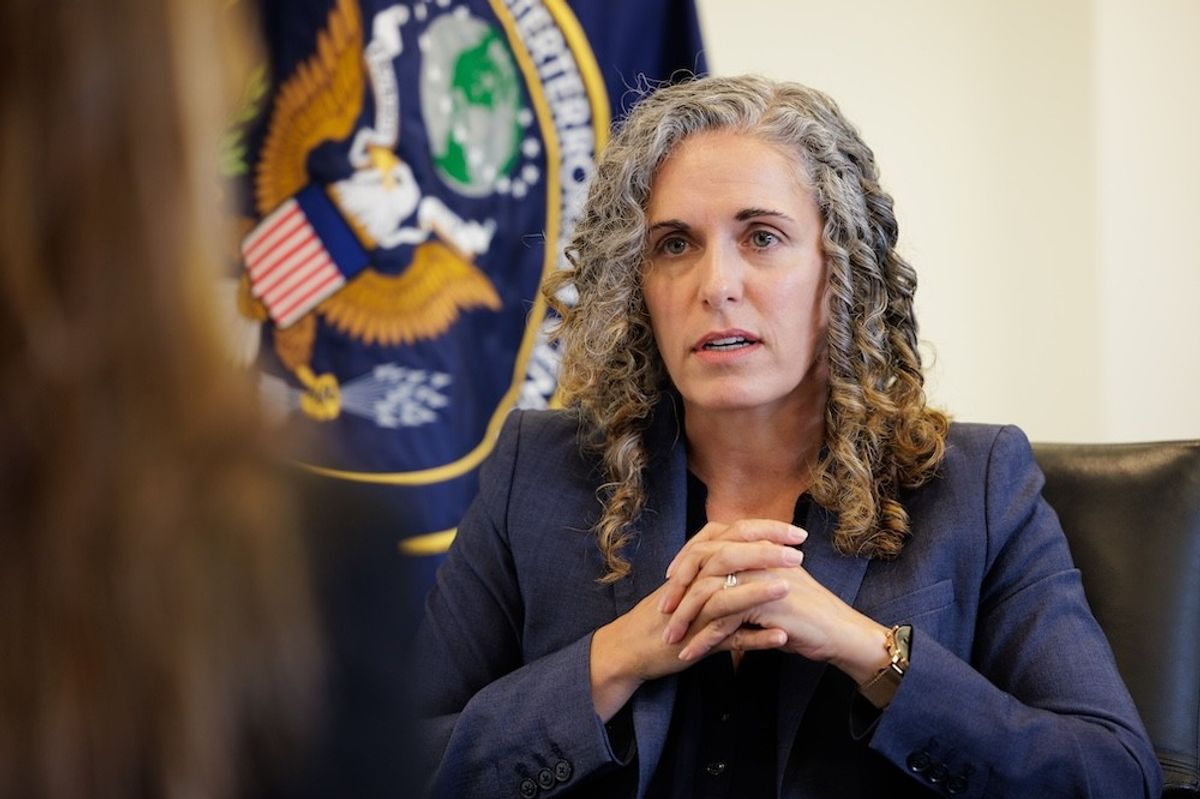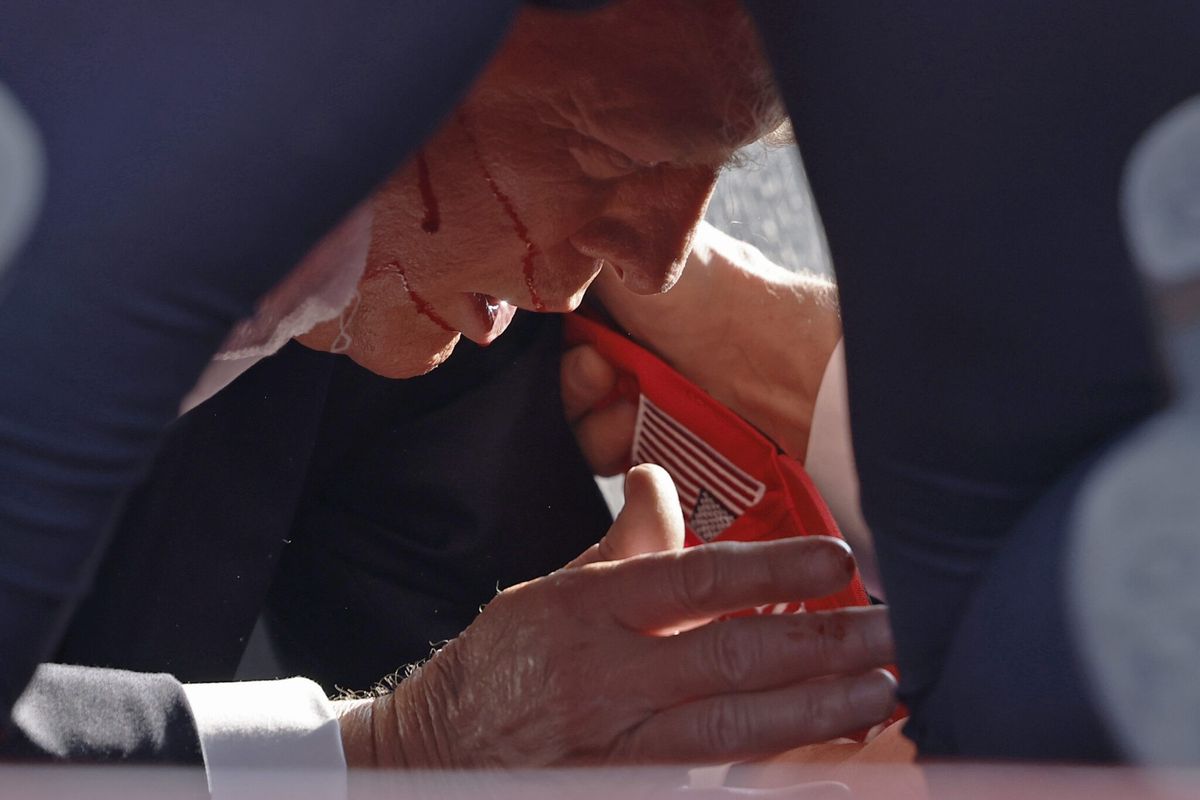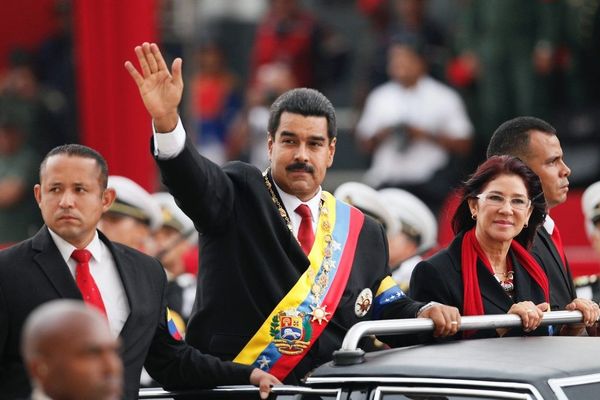The recent terror attacks in Paris and San Bernardino have left the global community shaken. What made these attacks particularly terrifying is that the terrorists struck people when they were going about their daily lives—and having fun. These types of locations, where people gather with little security, are considered “soft targets.”
Soft targets have drawn more attention from law enforcement in recent years, as the high profile, mass casualties objective of al-Qaeda has been thwarted by the degradation of the terrorist group’s core leadership by U.S. drone strikes and other means. Al-Qaeda affiliates and now the Islamic State seem more interested in attacks that take fewer resources and less planning, but have the potential of creating mass fear among the public and economic hardship for business. According to a 2011 Heritage Foundation study, 31.5 percent of terrorist attacks worldwide occur at businesses, compared to 27 percent and 13 percent at diplomatic offices and military institutions, respectively.
The Paris attacks and the San Bernardino shooting were examples of this changing preference of attackers. Authorities are shifting their focus in response—broadening their efforts to include seemingly ordinary locations.
Protecting Americans from attacks while travelling internationally continues to pose an increasing challenge for western businesses operating abroad. In recent years, attacks on American hotels overseas have shown the interests of these jihadi groups in successfully attacking westerners and achieving mass publicity. Many of the brand name, western hotels have been attacked since 9/11, as have local hotels that attract westerner travelers including the J.W. Marriott in Jakarta in 2003; the Grand Hyatt, Radisson and Days Inn in Amman in 2005; the Marriott in Islamabad in 2008; The Intercontinental Hotel in Kabul in 2011; and just last month, the Radisson Blu in Mali. Hotel companies are faced with a significant challenge: how to establish an aesthetically appealing atmosphere while ensuring the safety and security of their guests and staff.
Still, many experts feel individuals should do more to protect themselves by simply being aware of their surroundings. This “situational awareness” involves understanding and being prepared to act should an attack occur, as well as looking for anything that seems out of the ordinary. The Department of Homeland Security echoes this through its national “See Something, Say Something,” campaign that seeks to raise public awareness of the indicators of terrorism and terrorism-related crime.
While the “See Something, Say Something” campaign is seen as one of the most effective ways to prevent attacks, some have begun to wonder whether fear of being wrong deters those who saw something, yet didn’t say anything. This new method of crowdsourcing security has been seen by some as a slippery slope towards racial profiling, as watchdogs who reported suspicious behavior have been accused of discrimination. If “See Something, Say Something” is one of our best shots at stopping future terrorist attacks, Americans need to feel safe in their instincts.
Whether directly involved as in Paris, or an inspiration as in San Bernardino, ISIS is expected to continue its use of social media to recruit or encourage would be jihadists living in the west to mount their own terrorist attacks in their homelands. And those are likely to be soft targets—the hotels, the airports, the concerts, the restaurants—that are difficult to protect and require a new sense of purpose by government and the public.
Alexandra Viers is an International Producer at The Cipher Brief.














